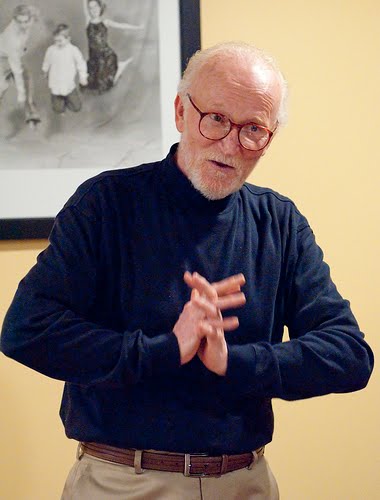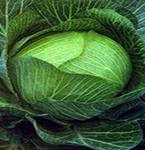
The Paradox: Vitamin D and Sun Light
Sun is necessary for life.
Many of us depend on the sun for our only source of vitamin D. which has been thrust into the national spotlight as crucial preventing osteoporosis and cancer. The major function of vitamin D is to maintain normal blood levels of calcium and phosphorus. Vitamin D aids in the absorption of calcium, helping to maintain strong bones. Recently research suggests D may provide protection from several autoimmune diseases.
This hormone like vitamin has subtle yet important effects on regulating vital cell growth and on our immune and cardiovascular systems. A strong connection has recently been found, for example, between low blood levels of vitamin D and congestive heart failure-a condition which afflicts many seniors.
Holick MF. Vitamin D: A millennium perspective. J Cell Biochem 88:296-307, 2003.
Vitamin D expert Dr. Michael Holick of Boston University is concerned that vitamin D deficiency is becoming a major public health problem. Deficiency is known to be common in older people. Women consuming at least 500 IU of vitamin D from food and supplements had a 37% lower risk of hip fracture than those who got less than 140 IU daily. Feskanich D et al. Calcium, vitamin D, milk consumption and hip fractures: a prospective study among postmenopausal women. Am J Clin Nutrition 77:504-11, 2003.
Rickets resulting in skeletal deformities in children and osteomalacia are classic vitamin D deficiency diseases. Milk, is a poor source of Vitamin D.
A few foods contain vitamin D-mackerel, salmon and sardines are about the highest. Fortified milk contributes some D, but older people would have to drink six to eight glasses daily to achieve recommended intakes from milk alone. You don’t need that much milk. Dr. Holick recommends a daily multivitamin that contains vitamin D.
Over 1 Million US sun worshipers a year are diagnosed with skin cancer; the most common form of cancer; Basal cell carcinoma. I can’t help vision the scene in Indiana Jones where the guys face melts off when he opens the Holy Grail. Well, without the earth’s protective layer of Ozone, we’d end up like that. Is that motivation enough to protect the ozone layer and reduce your carbon footprint on God’s green earth?
As a youth sowing my wild oats in Boston during the late 60’s and 70’s, I often hopped the “T” and Day-“Tripped with friends to Nantasket Beach on the South Shore of Boston. Sun Screen, what sun screen? After frolicking in the surf all day, I’d come home as red as a boiled lobster. I was medium rare. After all, I have red hair, fair skin, and freckles. I was not designed, ever, to get tan. Peer pressure made sure I at least gave it a good try. Actually tanning and sunburn are your body’s way of going into protection mode from the Suns damaging radiation. Yes, radiation. The last thing on our minds was that our Holy Temple was converting sun light into vitamin D.
Our society has determined being tanned a sign of glowing health and affluence. The previously silky, smooth skin of my friends who spend their spare time broiling themselves in the warmth of old Sol, now look like alligator luggage as their skin rapidly ages.
Be forewarned that certain diseases, such as lupus, can also make a person more sensitive to sun exposure. Some medications, such as antibiotics and antihistamines and even certain herbal remedies, can cause extra sensitivity to the sun’s rays. Discuss these issues with your Integrative or Family physician.
Seek shaded areas during outdoor activities. Re-apply sunscreen periodically throughout the day, and frequently if you're exercising in the heat, wear clothing that protects as much skin as possible.
If you must apply ‘self-tanning creams’, remember that you still must apply sunscreen. Your skin may be darker, but that doesn't mean you're protected.
For numerous reasons, get your vitamin D safely through a healthy diet that includes food concentrate vitamin supplements. Don't seek the sun, please. We want you around for a while.
Happy Spring,
Chef Wendell
www.wendellfowler.com

